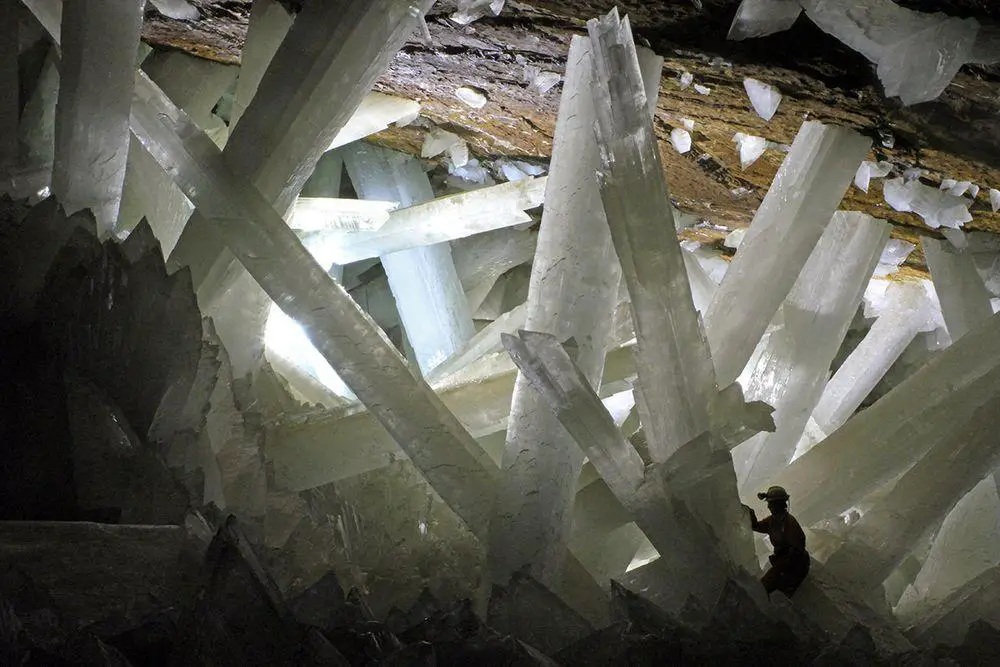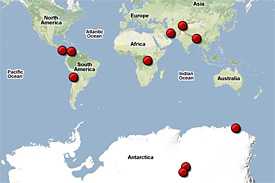World 🢖 South America 🢖 Chile
Places with meteorological phenomena 🢔 Geological wonders 🢔 Categories of wonders
Wonder
Yungay – the driest place in the world
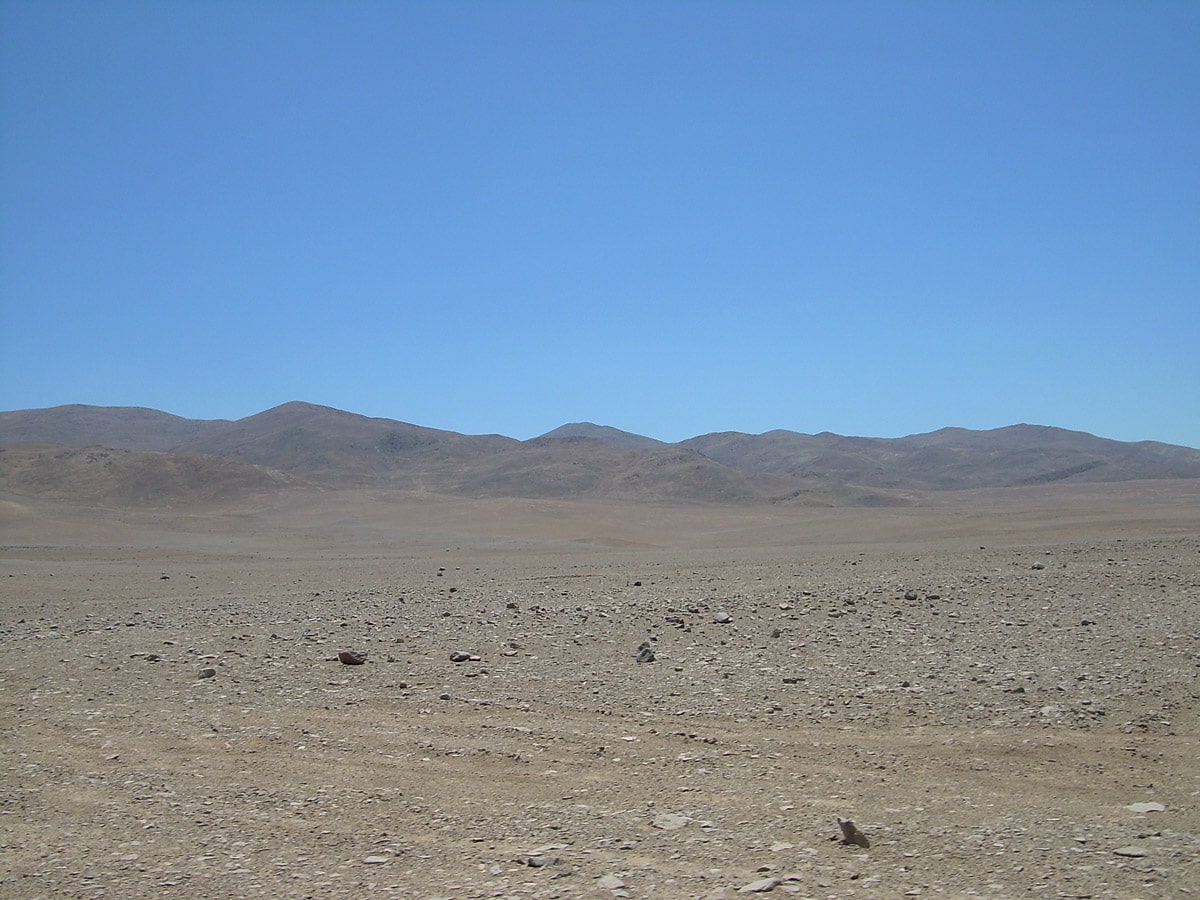
 In short
In short
One of the driest places on Earth is Atacama Desert but the driest place in this desert is found near Yungay – abandoned mining town. This is a highly unusual place that has attracted the attention of astrobiologists due to the high similarity to the Mars environment. Only lately, after an intense search here have been found some microorganisms in some places.
 50.6%
50.6%
GPS coordinates
Location, address
Map of the site
If you see this after your page is loaded completely, leafletJS files are missing.
 In detail
In detail
Realm of nitrates
Atmosphere per 78% consists of nitrogen. Photochemical reactions in the upper layers of the atmosphere create nitrates which are deposited everywhere on Earth. But almost everywhere these nitrates immediately are consumed by microorganisms. Only in a few places in the world, there is too little water and – as a result – too little life for denitrification. Such places are found in Dry Valleys of Antarctica, Nevada, and California (United States) and in northern Kenya. But the richest nitrate deposits are found in the Atacama Desert.
The driest place in the Atacama desert is the area around Yungay town because it has a so-called “double rain shadow”: a lower range screening it from the Pacific and the much higher Andes stopping any rain coming from the rainforest of Paraná and Amazon.
Rain comes here approximately once per 10 years and precipitation is measured in millimeters per decade. There has been fixed also a period without rain lasting for 40 years.
Nowhere else in the world there are found that many nitrates as here. Throughout 10 – 15 million years nitrate has virtually covered this land. Nitrates form up to 28% of the soil, forming a specific rock called caliche. The layer of caliche in some places is even 5 m thick.
Besides nitrates here are found other water-soluble salts, which often are not found elsewhere in the world – such as perchlorates and iodides. Most salts came here by the wind from the ocean and from local evaporated lakes whose sediments also are moved around by the wind.
Wealth from the desert
Nitrogen is one of the primary plant nutrients and nitrate fertilizers can do wonders in agriculture. This was discovered in the middle of the 19th century and agricultural businesses immediately started to look for this excellent possibility to boost their profit.
Soil with a weight content of nitrates above 7% was considered to be excellent fertilizer – a kind of “fertilizer ore”. In a short time, the Atacama desert gained huge popularity as the main producer of nitrate fertilizer in the world. Chile managed to gain control over most of the deposits and for decades this was the main source of income in Chile.
In the late 19th century in the lifeless hills developed a miner town Yungay and other mining towns.
In the 1920s there was developed an industrial method for the artificial synthesis of nitrate fertilizers and in the 1940s the large-scale mining of fertilizers in the Atacama desert ended. Since then the town has been almost completely abandoned. This was a heavy blow to the economics of Chile as well, ruining its financial system and proving how unsafe might be the dependence of the state economy on natural resources.
Astrobiologists look for life
As fertilizer business left the Atacama, here came completely different people – astrobiologists.
Their main interest is to find a border in the ground between areas without life and with life. When such a border is found, there could be research on which factors decide whether life exists or not. These findings could be of great assistance in the quest for life in outer space.
It is surprisingly hard to find soil on Earth without life. Microbial activity is found everywhere from the deepest seas to the highest mountains, from the coldest land to the hottest springs. It seems that only a complete lack of water leads to a complete lack of life. Microorganisms are found even in the Dry Valleys of Antarctica which are nearly as dry and a lot colder than the Atacama Desert.
Near the abandoned buildings of Yungay is located at the University of Antofagasta Desert Research Station. From time to time in this small house come interested scientists from all over the world. With different methods, they are researching dry, lifeless soil and publishing lots of scientific articles about their findings.
The soil does not have abnormal acidity or alkalinity and it is not toxic – if there would be water, it would sustain a whole set of diverse species. But until recent times it seemed that the area around Yungay is completely lifeless.
Thus a group of scientists from NASA Ames Research Center have been looking for life here for several years and have found none – their collected soil samples did not contain any traces of DNA. The only organic molecules found by the pyrolysis-gas chromatography-mass spectrometry method were formic acid and benzene found in very low concentrations.
Only in 2007 it has been found that some microbial life exists on the thin layer (varnish) on the surface of rocks. Areas devoid of larger rocks still are lifeless.
In 2010 there has been published another research showed that microbial life exists also in gypsum crusts which are found in some areas. But in the driest locations of Yungay even in gypsum crusts, there is no life.
Some species of microorganisms manage to live in the dry salt flocks which gather some moisture at dawn when the temperature falls and air releases some moisture.
But there are locations in Yungay where none of these habitats exists. It is possible that these areas are the only lifeless grounds on Earth.
References
- Rafael Navarro-González, Fred A. Rainey, Paola Molina, Danielle R. Bagaley, Becky J. Hollen, José de la Rosa, Alanna M. Small, Richard C. Quinn, Frank J. Grunthaner, Luis Cáceres, Benito Gomez-Silva, Christopher P. McKay, Mars-Like Soils in the Atacama Desert, Chile, and the Dry Limit of Microbial Life, Science, Vol.302, 7.November 2003. p.1018-1021. Accessed on the 2nd November 2010.
- Kuhlman, K.; Venkat, P.; La Duc, M.; Kuhlman, G.; McKay, C, Biodiversity of Rock Varnish at Yungay, Atacama Desert, Chile, American Geophysical Union, Fall Meetin 2007, abstract #B33A-0861. Accessed on the 2nd November 2010.
Yungay is included in the following articles:
 Linked articles
Linked articles
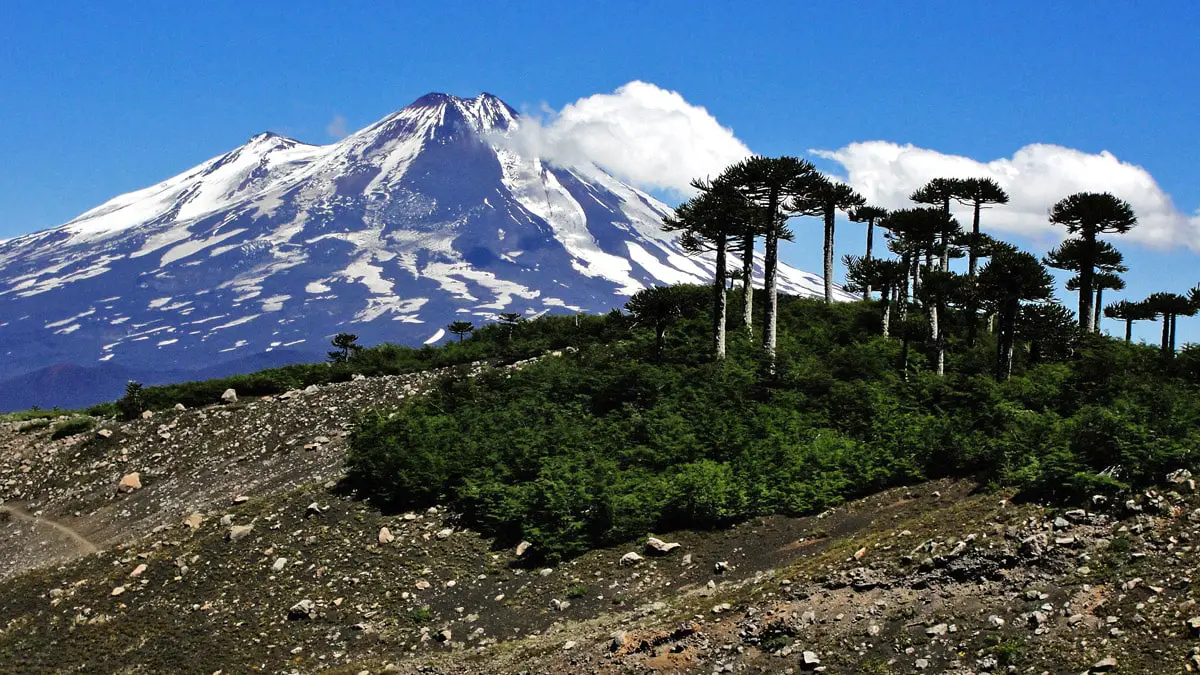
Wonders of Chile
The natural and man-made heritage of Chile is very diverse, also thanks due to the extreme length of the country extending from the driest deserts in the north to the most southern historical inhabited lands of the world in Patagonia. Highlights of Chile are magnificent views of Patagonian Andes and fjords, the volcanic landscape of Northern and Central Chile, and the driest desert of the world – the Atacama.
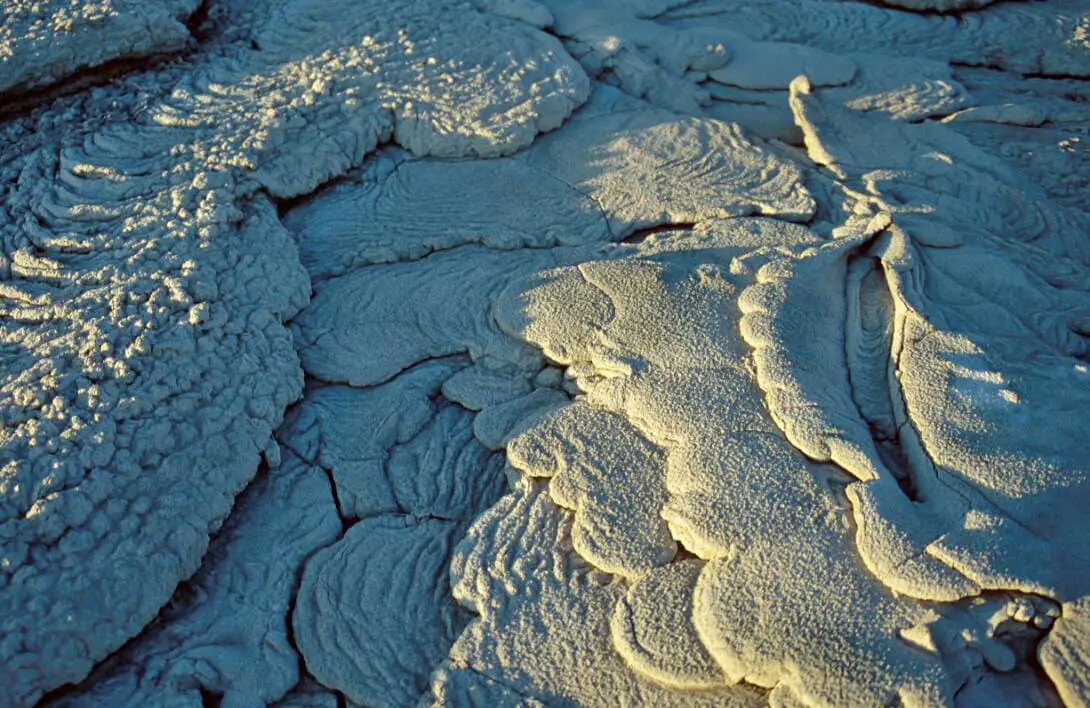
Rare natural materials
There are places in the world, where one can find such materials which are not present anywhere else on Earth – or can be found just in a few places. These wonders are included in the category of rare natural materials.
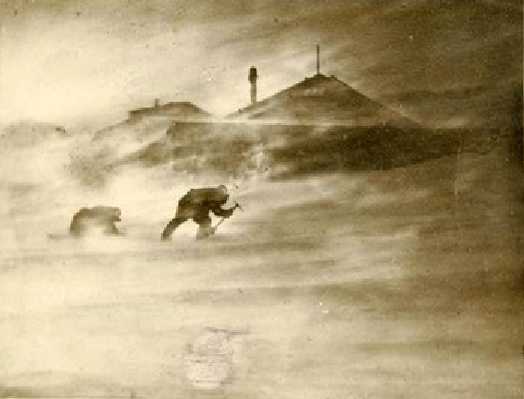
Meteorological phenomena
Unusual weather conditions can happen in any place in the world. But there are locations where unusual meteorological phenomena are observed frequently – even every day.
 Recommended books
Recommended books
Hidalgo: The Desert Diaries 100 Days Across The Atacama
If you were intrigued by the movie Hidalgo, you will want to read THE DESERT DIARIES. This remarkable journal, enriched by 50 quality photos in living color, was brought out in answer to everyone’s question: Could anyone actually ride a mustang across such a lifeless, burning inferno?
Nathan and Elly did. They spent 100 days in the longest, driest desert on earth, The Atacama of Chile, during their equestrian odyssey from The Patagonia to Canada(1969-73).
Al Roker’s Extreme Weather
Dive deep into a world of fascinating weather with everyone’s favorite meteorologist, Al Roker!
With this mesmerizing book that covers a wide range of topics, readers will learn about the conditions that generate unique weather occurrences like red sprites, thundersnow, and fogsicles.

